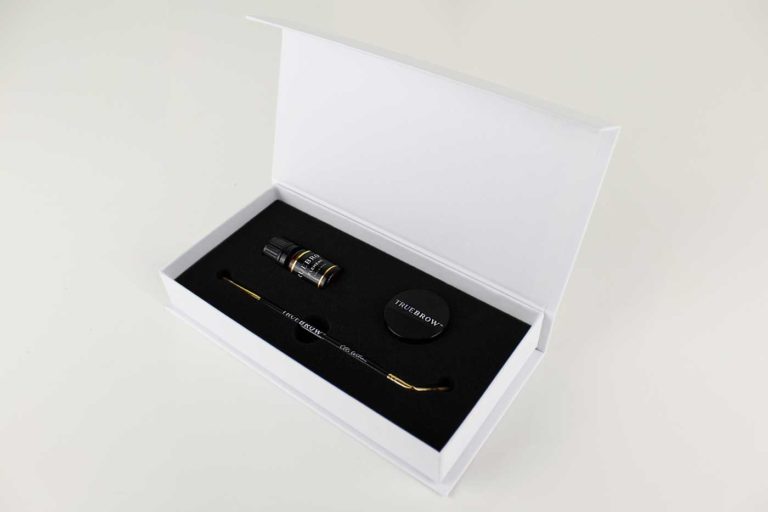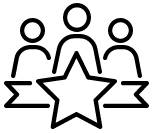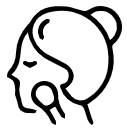The Value of Behavioral Profiling

Put your hand up if you’ve ever had disagreements or differences with someone due to their personality? Have you ever thought to yourself, “why can’t they do it the way I do it?” or “why doesn’t he/she see it from my point of view?”.
Have you ever had differences with your staff or why is it harder to work with some people but easier with others?
You see, we’re all different, but we’re all very much the same.
For years I’ve been using a quick behavioral profiling technique to help me in business meetings, negotiations, dealing with staff and clients and a whole range of situations that required ‘people skills’.
It often requires a lot of training and questionnaires but I want to show you a quick summary to understanding someone’s behavioral profile within a matter of minutes and without all the training and questionnaires.
“But why would I want to know someone’s behavioral profile?” you might ask.
Because it’s an opportunity to understand yourself better. You have an opportunity to see why you do things the way you do them and how that affects others in your day to day life.
Because you’ll be able to understand others ‘point of view’ better and get better responses and results from them.Because you’ll be able to communicate better and improve the communication of your staff to your clients.
Because seeking to understand first and seeking to be understood second can change the results of your personal and business relationships.
There are all sorts of personality and behavioral profiles you can use. All varying in terms of depth, complexity and schools of thought.
But, as busy business owners who have busy lives, we don’t have time to be psychologists. We want practical and quick techniques that we can use all the time.
That’s why I use DISC profiling. It’s not always spot on, but it’s quick and it allows me to understand people better without having to do a bunch of questionnaires. You can do questionnaires, but for me, after several years I’ve learned to view profiles without it.
D• Likes control• Results oriented• Hates wasting his/her time• Best to be to the point with them• Seeks productivity• Weakness – patience
I• Likes people and group situations• Confident• Seeks recognition• Weakness – often doesn’t like the details
C• Likes logic and rationale• Likes systems and procedures• Likes fact and figures• Seeks accuracy• Weakness – can sometimes get stuck in analysis paralysis and not make decisions
S• Likes helping and supporting people• Likes belonging to a group or a ‘family’• Likes their feelings and opinions to be considered• Seeks acceptance• Weakness – doesn’t like change, reserved
I should point out early on that there are varying levels of each ‘letter’ and we all have a combination of each, also it’s a behavioral profile, not a personality profile. What I mean by that is it suggests what behaviors someone is likely to do, it doesn’t suggest what their personality is like. Because we get older and get exposed to different things, our behaviors can change, so someone’s DISC profile can change too. Think about how differently you think and behave now compared to when you were 18.
D stands for Dominant. D’s typically prefer to be in control. They’re usually go-go-go people. One of the most important things to them is their time. They usually don’t suffer fools and don’t have time to waste. They are typically results oriented and if push came to shove, they’d rather get the job done than worry about making sure a relationship is kept intact. Sometimes D’s can come across as abrupt and can be quite direct. But that’s usually because they just want to get to the result and they don’t have time to waste. They’re often outgoing and tend to want to take the lead in many situations, that’s usually because being in control is important to them.
‘I’ stands for Influence. An ‘I’, like D’s are outgoing. They’re often enthusiastic and the life of the party. The main difference with an ‘I’ compared to D’s are that I’s are more people oriented. I’s care more about maintaining the relationship where D’s are more concerned about the result. I’s often have lots of friends and love being in social environments. In a work environment, I’s are often good in sales or roles that require interaction with people.
S stands for Steady. S’s are like I’s, in that they are people oriented. They are often like supporting and helping people. They value relationships over results. Unlike D’s and I’s, an ‘S’ tends to be more reserved than outgoing. S’s are the type of people who everyone loves to love. They’re easy-going, patient and often non-confrontational. In a work environment, they’re ideal customer service people.
C stands for Conscientious. C’s like D’s are results and task oriented. But unlike D’s, C’s are usually more reserved. They tend to contemplate and think about things more. They tend to think things through and are very pragmatic on how they look at problems to solve. They like systems, organisation and processes. In a work environment, a C would typically be good at technical role or roles that require details and processes.So how does this relate to you and what to do about it?
First, think about yourself. Which do you identify with most? It could be a combination of a couple. Then, think about your staff, your family and your friends. Which ones do they tend to be like. Again they could be a combination or varying levels of each.
If you’re having issues with certain staff, have a think about their DISC profile. Are they more controlling and can come off a bit abrupt and seem like you’re wasting their time? They could be a ‘D’, If so, think about how you communicate with them and their role in the business. Think about your own DISC profile, if you’re an ‘S’ and your problem employee is a ‘D’, then you are opposites, so it’s natural that you will have differences but they may have strengths in areas of the businesses where you are weak and vice versa. You may be strong in an area they are weak, so see what things you can do to complement them and your own position.
What about if your staff member is spending too much time with your clients? For example, I’ve seen employees who are fantastic with clients, the clients love them. They are outgoing and great with people. This person might be a typical ‘I’ – an outgoing people person. The problem I’ve seen with ‘I’ employees is that they sometimes lack structure or sticking to times. In a busy salon, for example, that means that they can take longer or are late with bookings. So by identifying in this example that they are an ‘I’ might mean that you work with your employee to stick to times and give them a process on how they do their jobs and book their appointments. Also know that I’s value recognition. So if you could link a reward to their progress where they get recognized for it, this could have a better result.
Apply it
Play around with this profiling method and use it in your daily life.
Think about celebrities that you like and those you don’t like. How do you think they fit in the DISC profile matrix above? What about characters on your favorite TV show or in a book you’ve read? What do you think their profile is and why? What are the relationships like between the different characters and how does that fit in with what we’ve been talking about?
Then, think about your family and friends. How do they tend to behave? Can you see why they behave the way they do and why you react the way you do to them?
It might take you a while to get used to it. But it’s great to start and at least know the basics of DISC profiling. It could have a big impact on your business and your relationships.
By Bryan Santos











